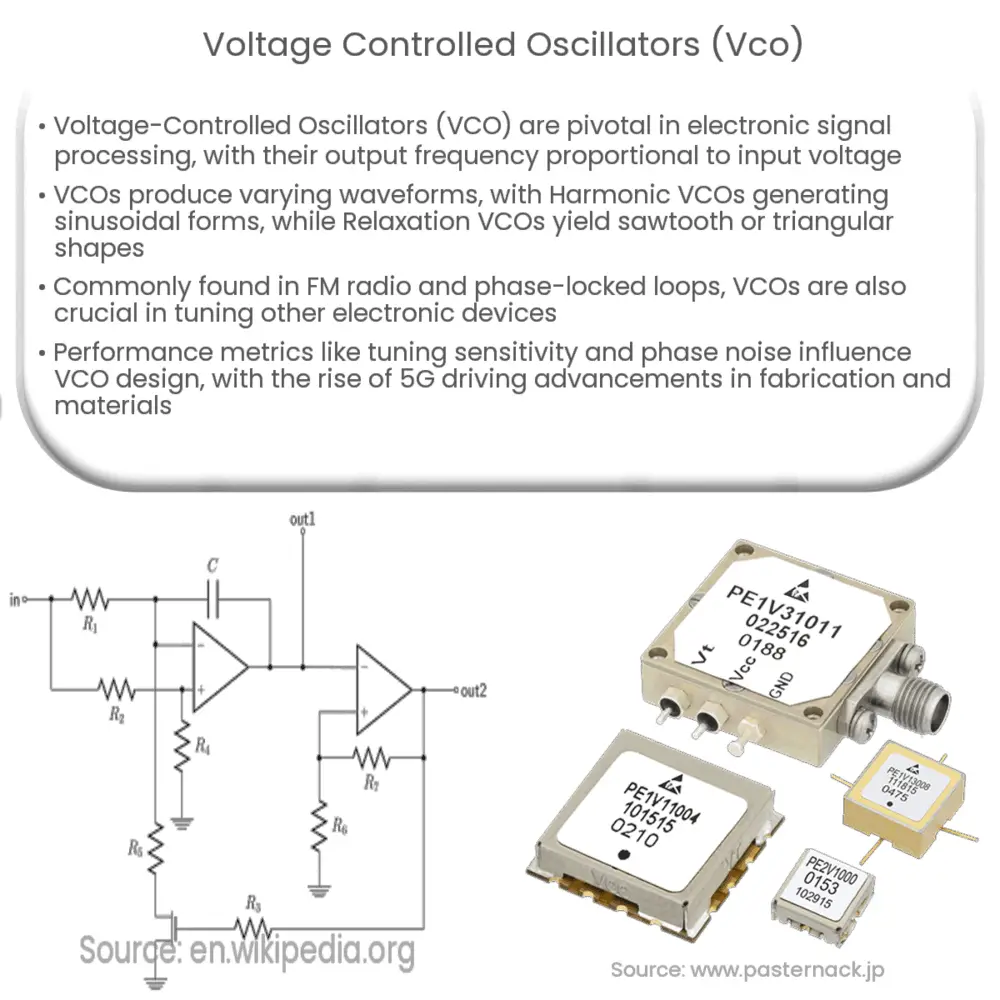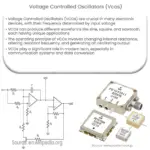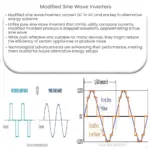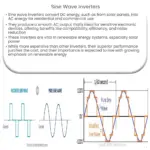Explore the workings, types, applications, and design challenges of Voltage-Controlled Oscillators (VCOs) in electronics and telecommunications.

Voltage Controlled Oscillators (VCO): An Overview
A Voltage Controlled Oscillator (VCO) is a significant component within the domain of electronic signal processing and telecommunications. It operates by generating an output signal, the frequency of which is directly proportional to the voltage applied to its input.
The Fundamental Working Principle of VCO
A VCO’s primary function involves generating a periodic signal, such as a sine wave or a square wave. Its unique characteristic is that the frequency of this signal varies in accordance with the voltage input. When the input voltage increases, the frequency of the output signal also increases, and vice versa.
Types of VCOs
Applications of VCOs
VCOs find numerous applications in the field of electronics and telecommunications. Some of the common applications include:
Moreover, VCOs are also employed in function generators, tone generators, and other electronic equipment where frequency tuning is necessary.
Characteristics of a VCO
Several vital parameters define the performance of a VCO, such as:
VCO Performance Metrics Continued
Design Challenges
While VCOs are quite versatile and crucial for many electronic systems, designing them comes with its own set of challenges. It’s a careful balance between achieving the desired frequency range, maintaining tuning linearity, ensuring sufficient tuning sensitivity, and minimizing phase noise. Moreover, power consumption, physical size, and cost considerations also come into play.
Latest Developments
In recent years, the demand for compact, efficient, and high-performance VCOs has been rising, particularly due to the surge in wireless communication technologies. The advent of 5G technology, for instance, necessitates VCOs that can operate at very high frequencies while maintaining a low phase noise. To meet such requirements, significant advancements are being made in the fabrication techniques and materials used in VCOs. Micro-electromechanical systems (MEMS) technology and the use of materials like Gallium Nitride (GaN) are a few notable examples.
Conclusion
Voltage-Controlled Oscillators play a pivotal role in electronic signal processing and telecommunications, boasting a host of applications from frequency modulation to phase-locked loops. They are integral in shaping our communication systems. Understanding their functionality, characteristics, and design challenges is fundamental to making advancements in these fields. As we continue to innovate and navigate the demands of emerging technologies like 5G, the need for more sophisticated and efficient VCOs becomes clear. The future will likely witness further exciting developments in VCO technology, mirroring the rapid evolution of the broader electronics and communication sectors.




